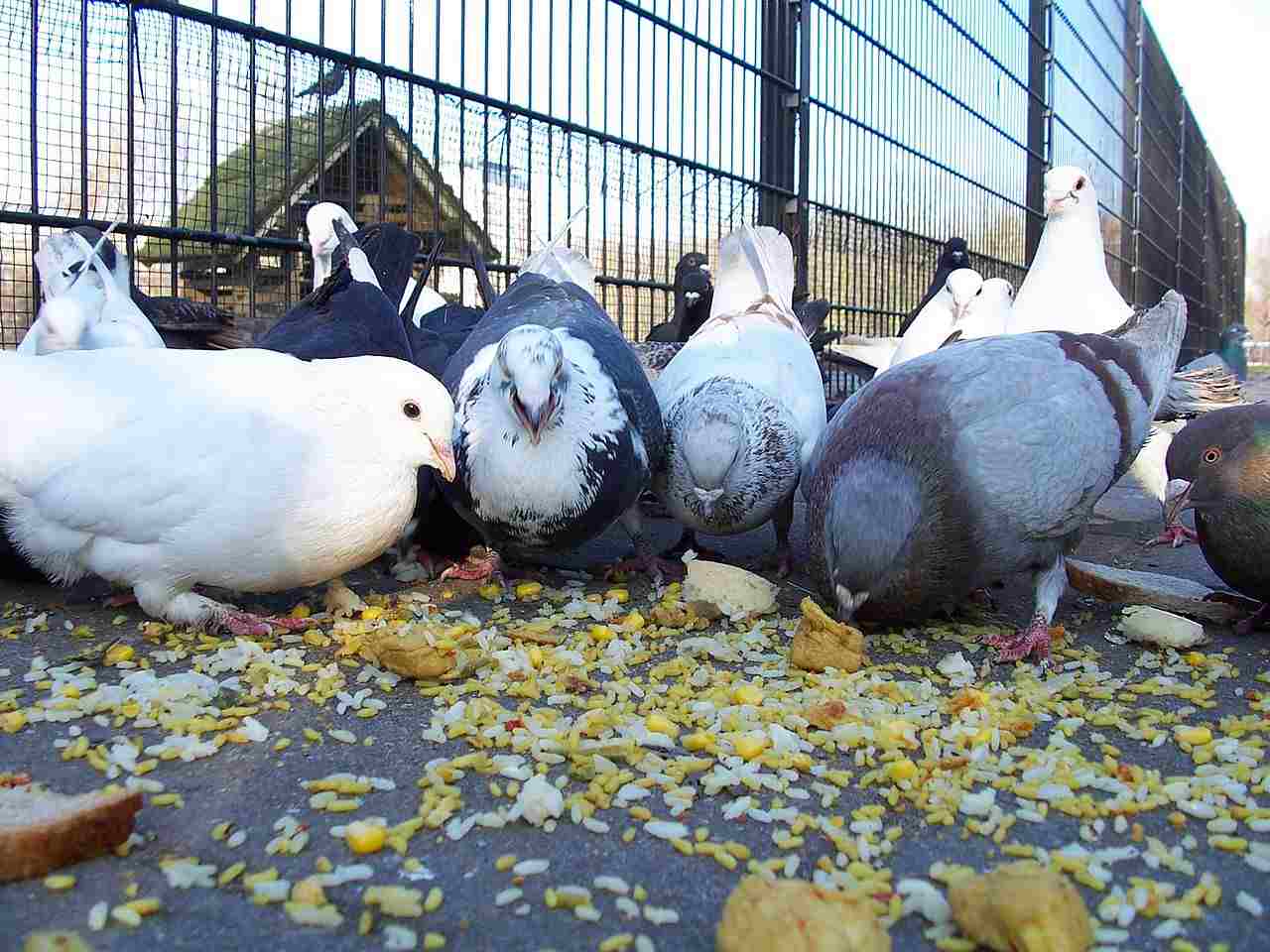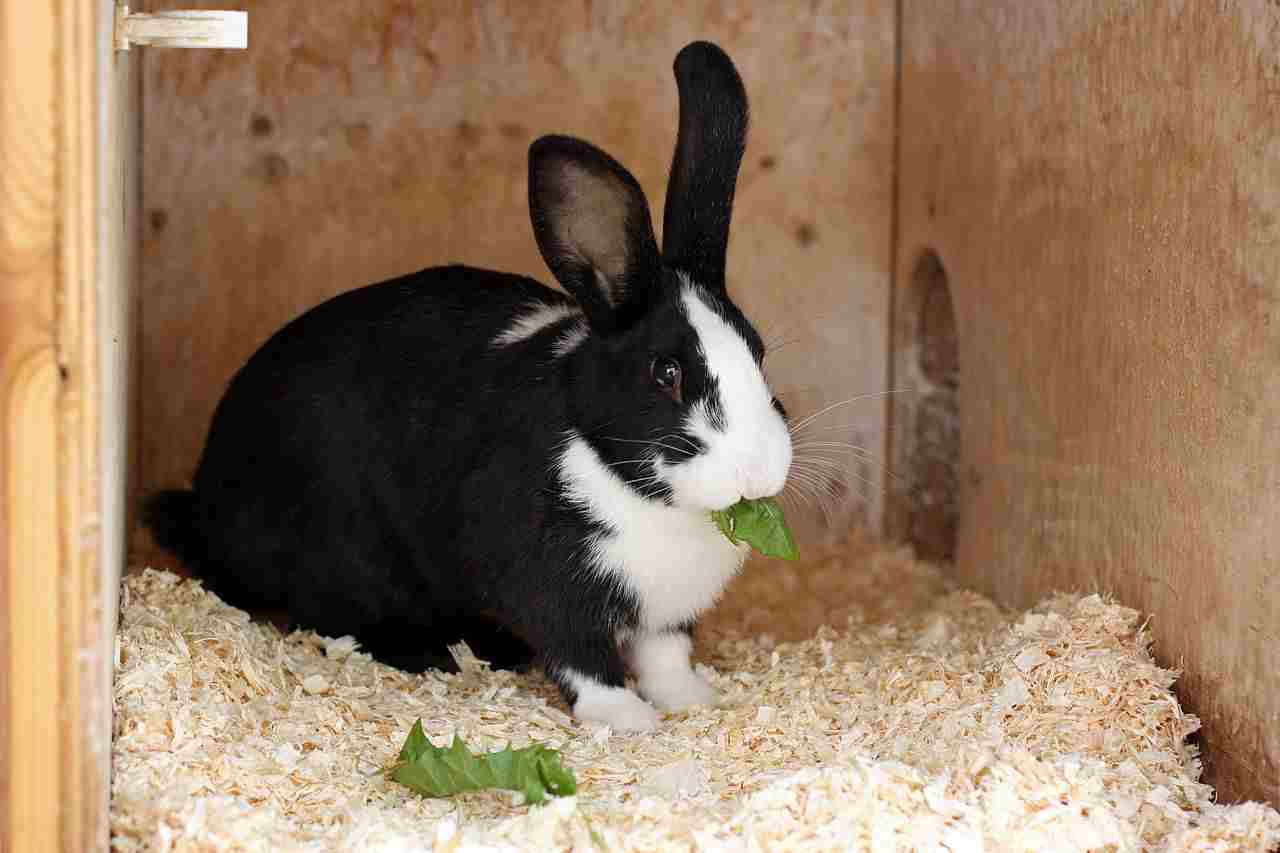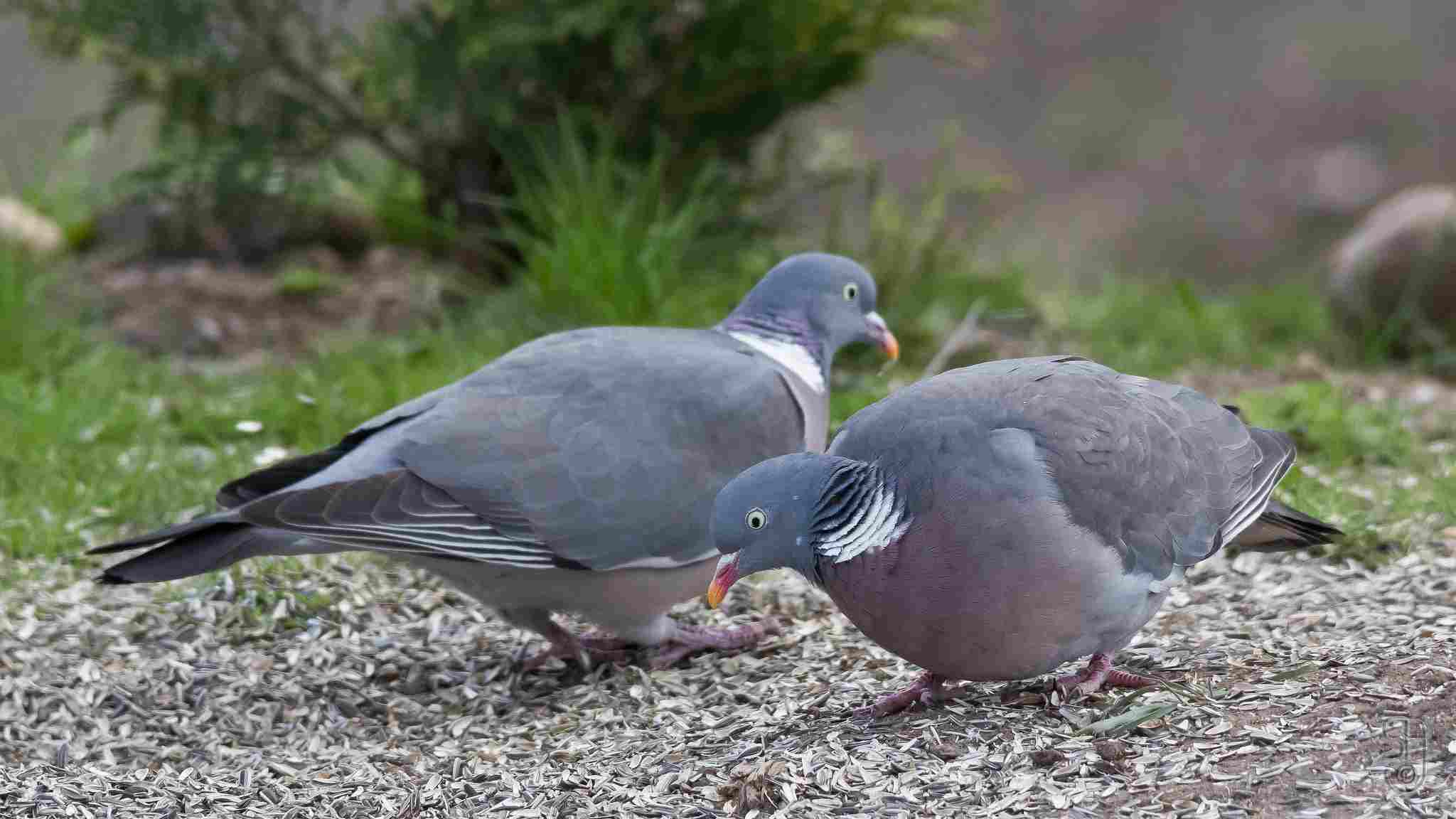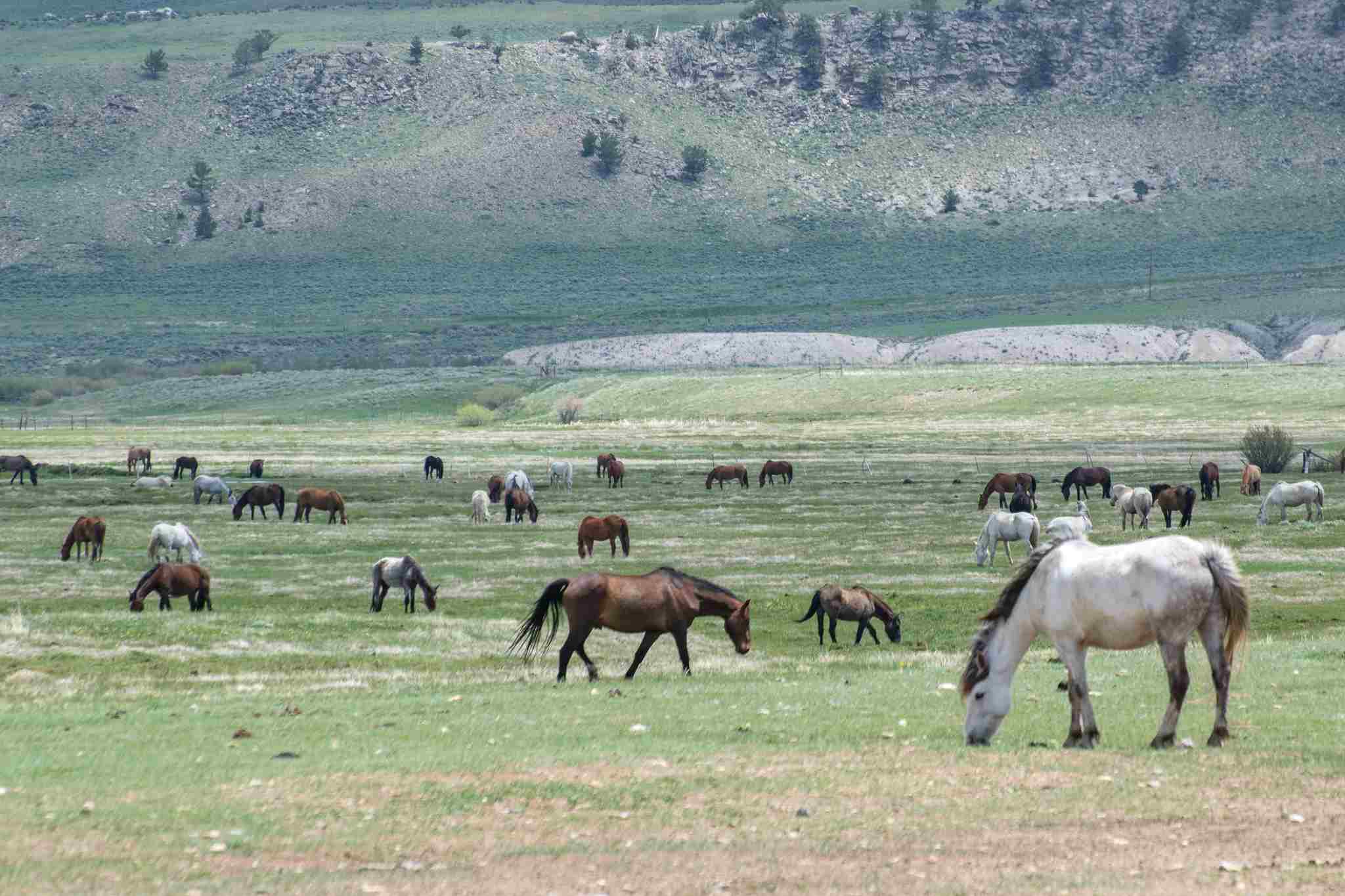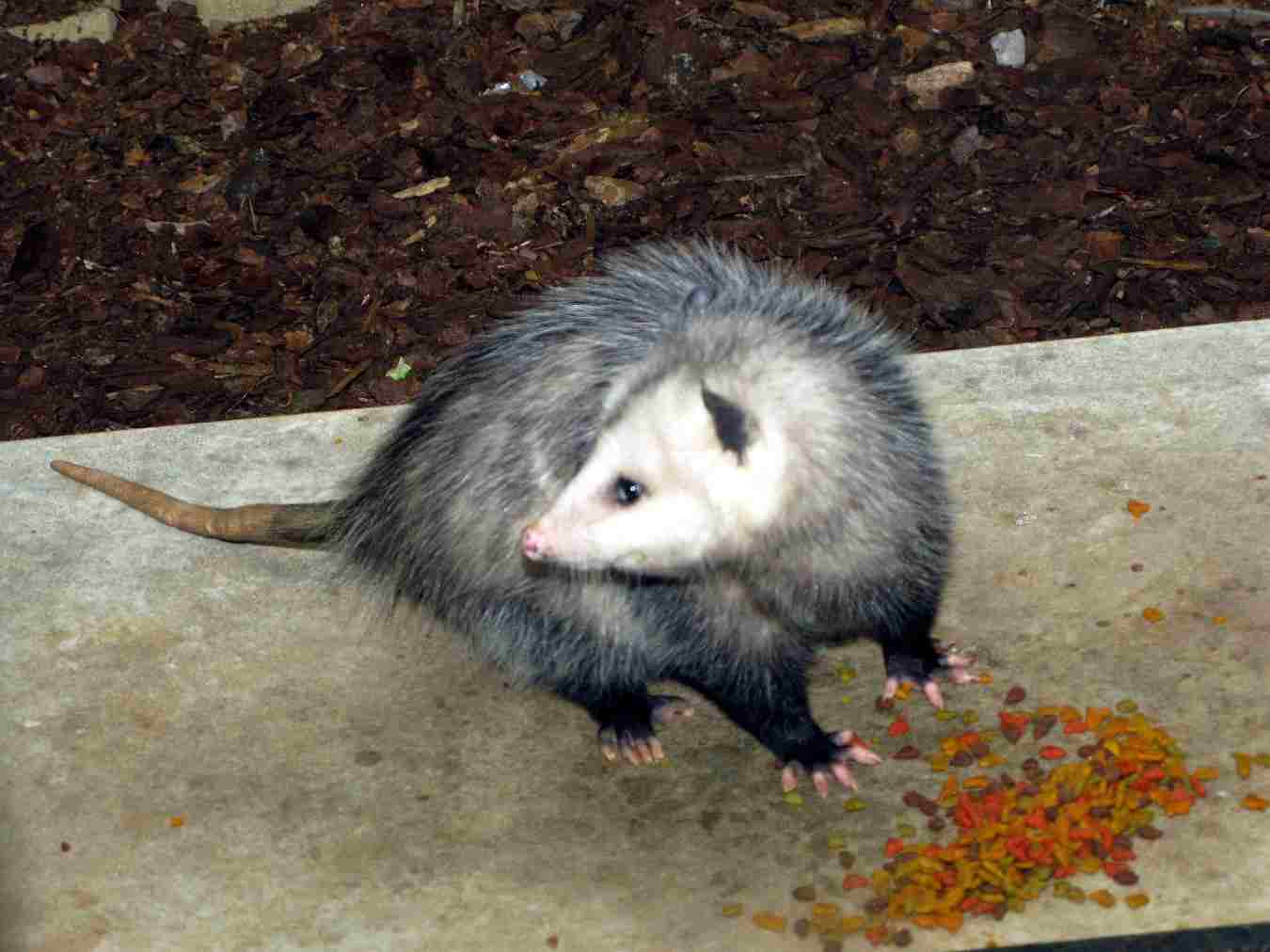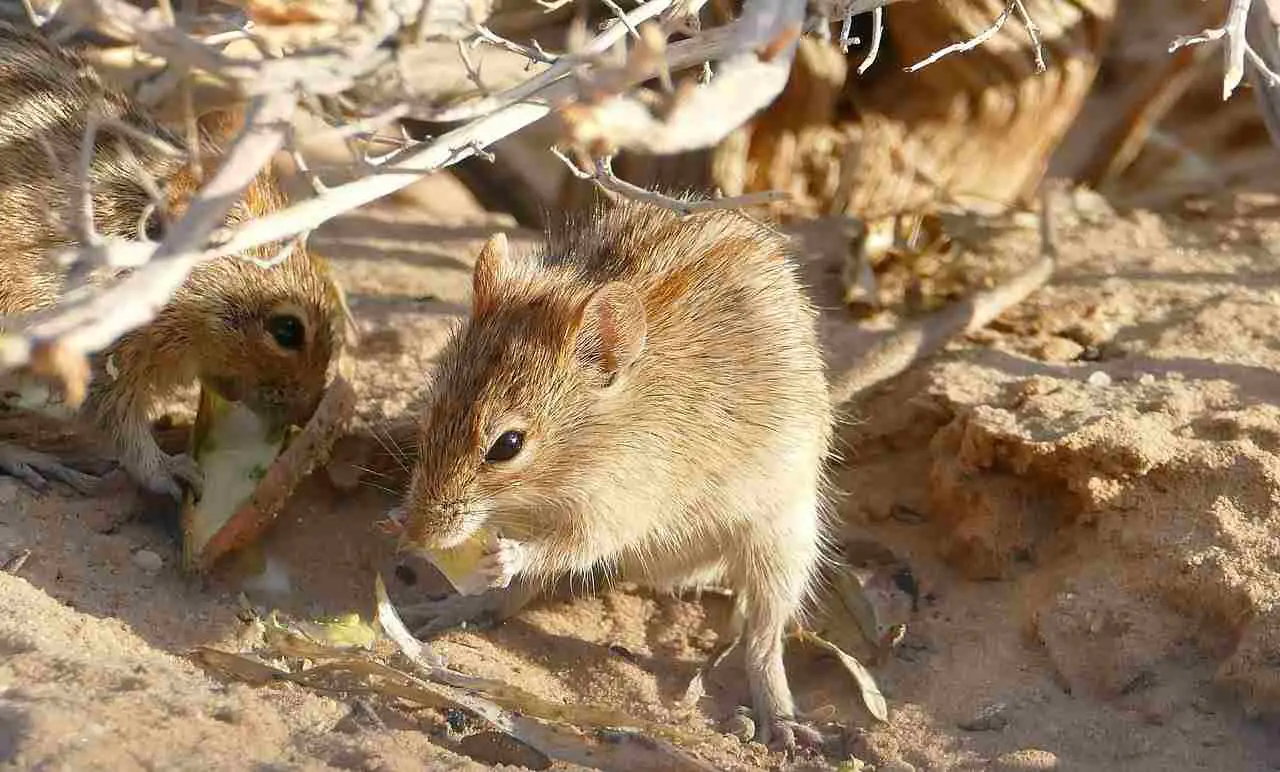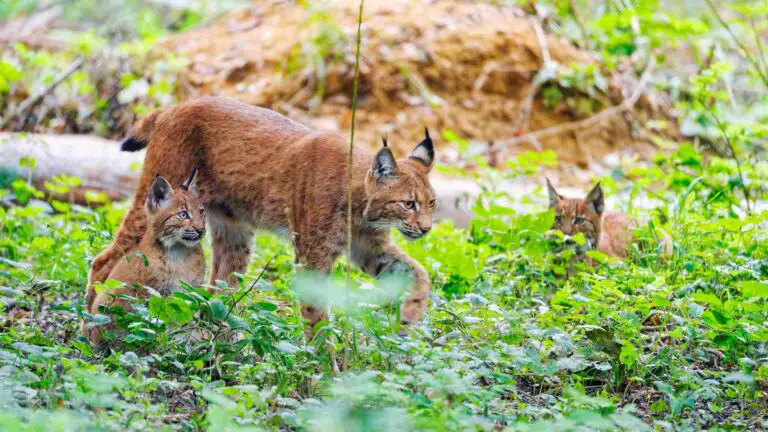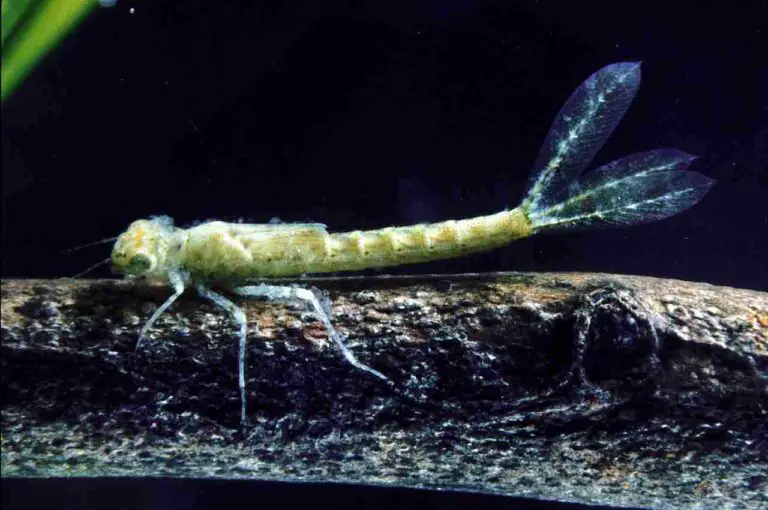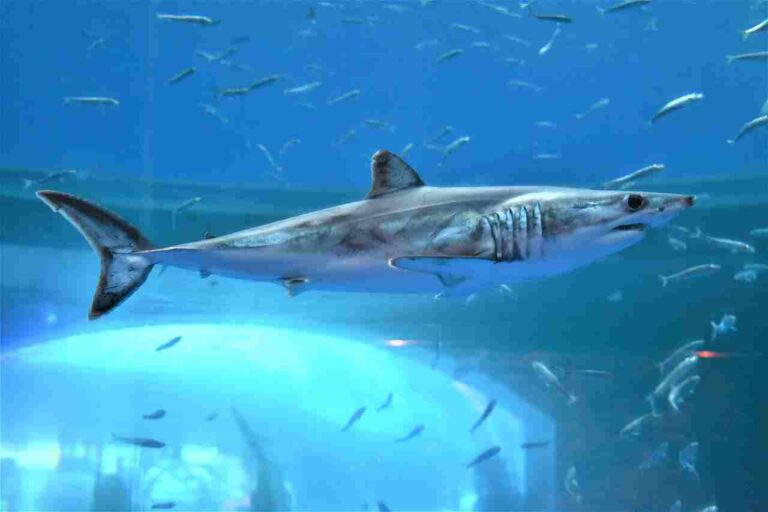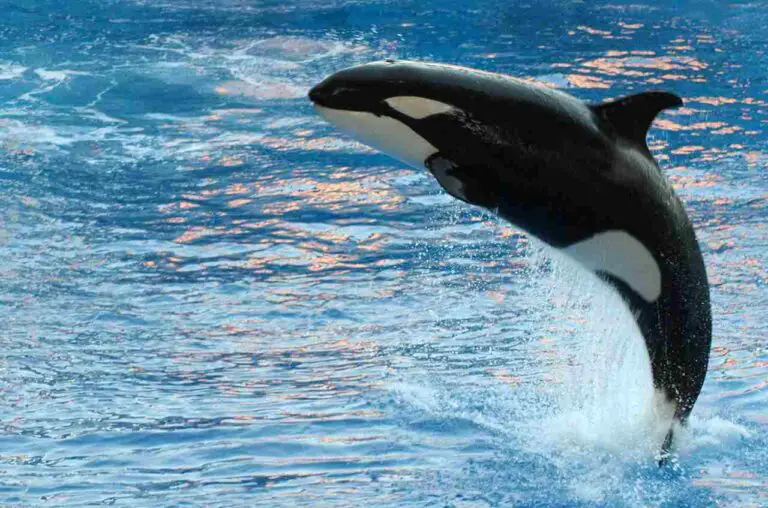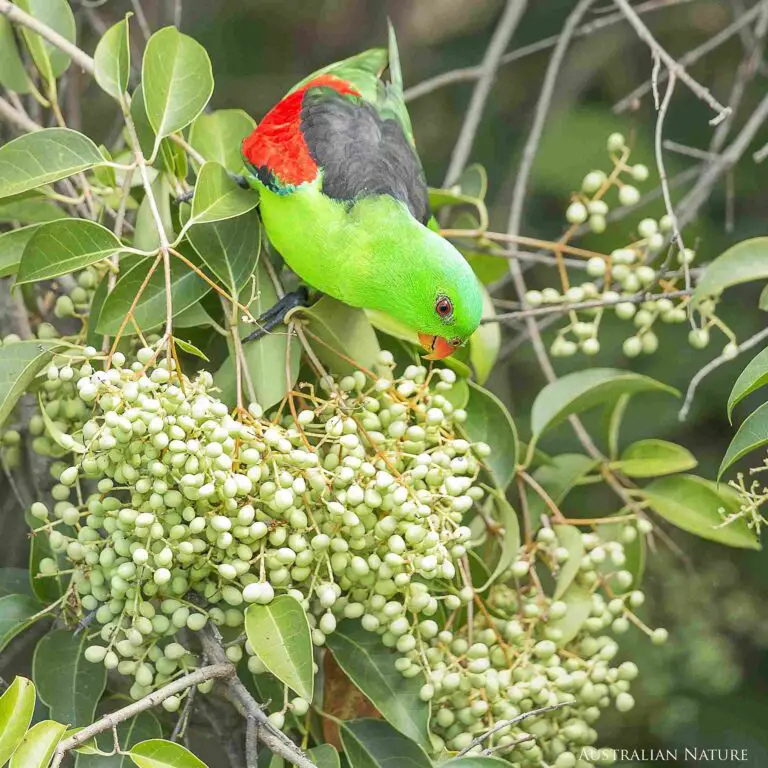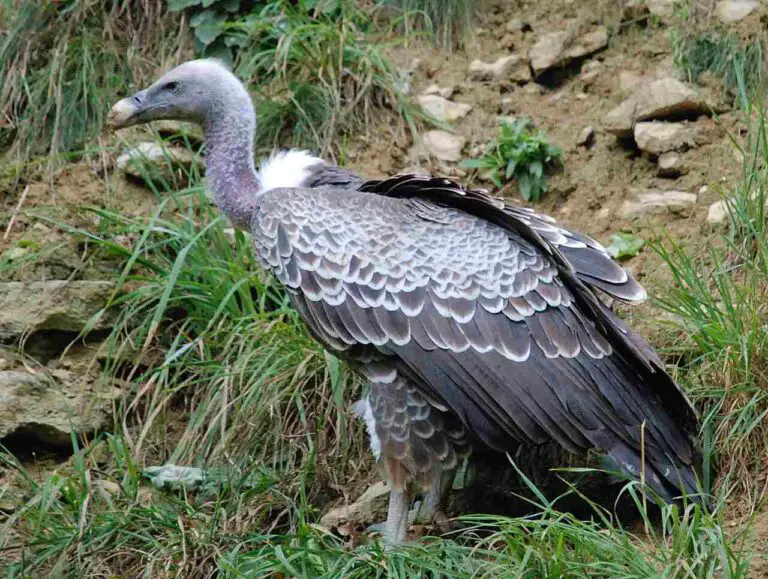Is Feeding Pigeons Good or Bad? Analyzing the Pigeon-Feeding Concept
Feeding pigeons can be a harmless activity if done responsibly and in moderation.
It is important to ensure that feeding does not pose any threat to the environment, social well-being, or economic sustainability. By following these guidelines, we can maintain a balance between enjoying the presence of pigeons and preserving the overall ecosystem.
Cases Where Feeding Pigeons is Good
1). Absence of Alternative Sustenance
In certain situations, feeding pigeons can be considered good and beneficial, especially when there is an absence of alternative sustenance. This is particularly true during harsh winter months when birds struggle to find enough food naturally. By providing food for pigeons, we can help sustain them and prevent starvation.
During winter, when food sources are scarce, pigeons rely on human intervention to survive. By offering them a consistent source of food, we can ensure their well-being and help them maintain their energy levels. This is especially important for pigeons that may be weakened or injured, as they may have a harder time finding food on their own.
Feeding pigeons in such circumstances not only helps individual birds but also contributes to the overall health and population of the pigeon community. By preventing starvation and malnutrition, we can ensure that pigeons remain strong and resilient, ready to face the challenges of their environment.
It is important to approach pigeon feeding in a methodical and intermittent manner. This means providing food at regular intervals and in appropriate quantities. By doing so, we can avoid overfeeding and dependency on human-provided food, while still ensuring that pigeons have enough sustenance to survive.
When discussing the absence of alternative sustenance, it is crucial to use clear and simple language to convey the importance of feeding pigeons during times of scarcity. By using accessible terms, we can help raise awareness and encourage others to take part in this beneficial practice.
2). Local Wildlife Conservation
Feeding pigeons can play a significant role in local wildlife conservation efforts and contribute to the overall richness of species biodiversity in a given locality. By providing food for pigeons, we can create a favorable environment for various bird species and promote a healthy ecosystem.
When we feed pigeons, we attract not only these birds but also other wildlife species that rely on them for food. Pigeons act as a food source for predators such as hawks and falcons, which helps maintain a balanced predator-prey relationship in the local ecosystem. Additionally, pigeons can serve as seed dispersers, aiding in the propagation of plants and contributing to the overall diversity of flora in the area.
By actively participating in pigeon feeding, we can create opportunities for people to observe and appreciate the beauty of nature. This can lead to a greater understanding and appreciation for the importance of wildlife conservation. It also provides an educational experience, especially for children, who can learn about different bird species and their role in the ecosystem.
To effectively communicate the benefits of pigeon feeding for local wildlife conservation, it is essential to use clear and simple language. By avoiding technical jargon and using accessible terms, we can engage a wider audience and encourage their involvement in this beneficial practice.
It is important to note that pigeon feeding should be done in a methodical and intermittent manner to prevent overreliance on human-provided food. By maintaining a balance between natural foraging and supplemental feeding, we can ensure that pigeons continue to play their natural roles in the ecosystem.
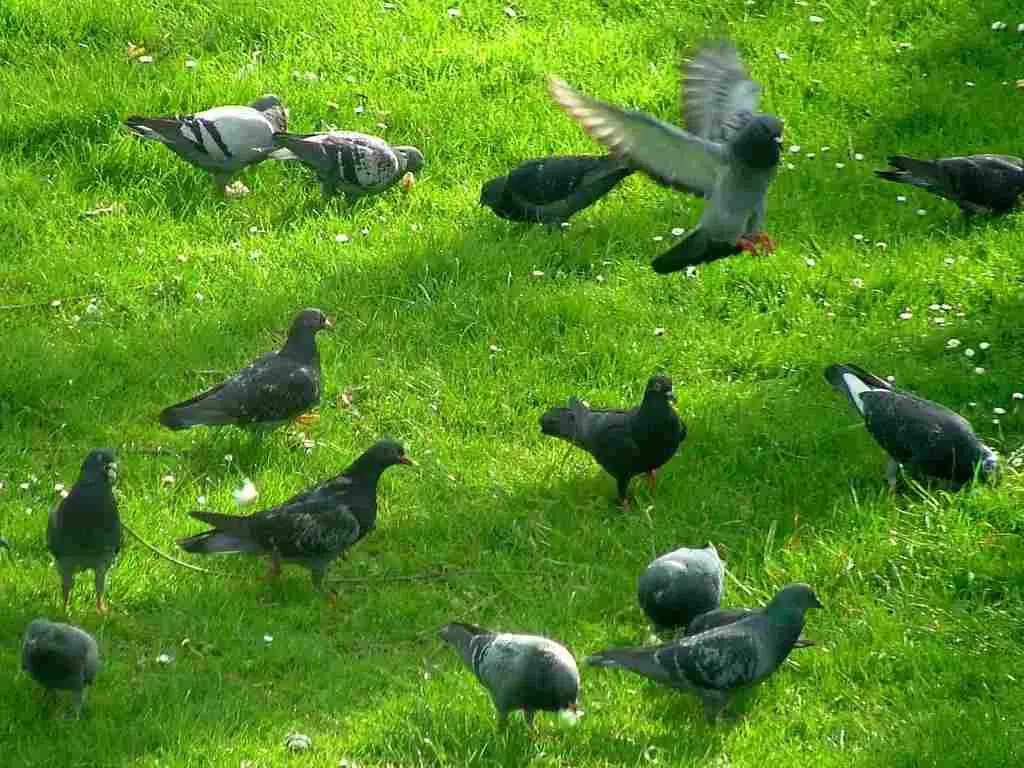
3). Methodical and Intermittent Feeding
Methodical and intermittent feeding of pigeons can be done in newly rehabilitated ecosystems and organic gardens to boost wildlife activity and encourage processes like seed dispersal and pollination. By providing food for pigeons in these areas, we create opportunities for them to forage and contribute to the overall health of the ecosystem.
One of the key benefits of methodical and intermittent feeding is that it prevents birds from becoming overly reliant on human-provided food. This is important because pigeons, like any other wildlife species, should continue to play their natural roles in the ecosystem. By maintaining a balance between natural foraging and supplemental feeding, we ensure that pigeons have access to a variety of food sources and can fulfill their ecological functions.
In newly rehabilitated ecosystems, methodical and intermittent feeding can help attract pigeons and other bird species to the area. This can be particularly beneficial in areas where the natural food sources may be limited or scarce. By providing a consistent and reliable food source, we can support the local bird population and promote their overall well-being.
Organic gardens also provide an ideal setting for methodical and intermittent feeding of pigeons. These gardens often have a diverse range of plants and flowers, which attract insects and other small animals that pigeons feed on. By allowing pigeons to forage in these gardens, we can help control pest populations naturally and reduce the need for chemical pesticides.
When communicating the benefits of methodical and intermittent feeding, it is important to use clear and simple language. By avoiding technical jargon and using accessible terms, we can engage a wider audience and encourage their involvement in this beneficial practice. This can be especially important when educating children about the importance of wildlife conservation and the role pigeons play in the ecosystem.
Instances Where It is Bad to Feed Pigeons
1). Facilitation of Unhealthy Behavioral Change
Feeding pigeons can lead to the facilitation of unhealthy behavioral change in these birds. When pigeons are regularly fed by humans, they lose their natural foraging and food-seeking habits. Instead of searching for food on their own, they become dependent on handouts from people. This can disrupt their natural instincts and abilities to find food in their environment.
This change in behavior can have negative consequences for the pigeons themselves. They may become less adept at finding food when it is not readily available from humans. This can lead to malnutrition and a decreased ability to survive in the wild. Additionally, pigeons that rely on human feeding may become more aggressive towards other birds or even humans, as they compete for limited food resources.
Furthermore, the facilitation of unhealthy behavioral change in pigeons can have broader implications for the ecosystem. Pigeons are known to be prolific breeders, and when their population increases due to regular feeding, it can lead to overcrowding. This overcrowding can result in environmental pollution, as pigeons produce a significant amount of waste. It can also encourage the accumulation of pathogens, which can pose a health risk to both pigeons and other wildlife.
2). Overcrowding
Overcrowding by pigeons can have detrimental effects on the environment, leading to pollution and the accumulation of pathogens. When pigeons are regularly fed by humans, their population can increase rapidly, resulting in overcrowding in certain areas. This overcrowding can lead to a variety of negative consequences.
One of the main issues with overcrowding is environmental pollution. Pigeons produce a significant amount of waste, and when their population becomes too dense, the accumulation of droppings can become a serious problem. Pigeon droppings contain high levels of uric acid, which can corrode buildings, statues, and other structures. This not only damages the aesthetic appeal of an area but also poses a potential health risk to humans.
In addition to environmental pollution, overcrowding can also encourage the accumulation of pathogens. Pigeon droppings can harbor various bacteria, fungi, and parasites that can be harmful to both pigeons and other wildlife. These pathogens can contaminate the surrounding environment, including water sources and vegetation, posing a risk to the overall ecosystem.
Furthermore, overcrowding can lead to increased competition for limited resources. Pigeons that rely on human feeding may become more aggressive towards other birds, as they compete for the available food. This aggression can disrupt the natural balance of the ecosystem and negatively impact other bird species.
To mitigate the negative effects of overcrowding, it is important to discourage the regular feeding of pigeons. By reducing the availability of food, the pigeon population can be kept in check, preventing overcrowding and its associated problems. Instead, efforts should be made to promote natural foraging behaviors in pigeons, allowing them to find food in their environment without relying on handouts from humans.
3). Disease Outbreak Facilitation
Feeding pigeons may seem harmless, but it can actually contribute to the facilitation of disease outbreaks. One of the main reasons for this is the accumulation of pigeon droppings in areas where they are regularly fed. Pigeon droppings contain various pathogens, including bacteria, fungi, and parasites, which can pose a risk to both pigeons and humans.
When pigeons are regularly fed by humans, their population tends to increase rapidly. As a result, the accumulation of droppings in these areas becomes more significant. Pigeon droppings contain high levels of uric acid, which can corrode structures and pose a potential health risk. When these droppings are left to accumulate, they create an ideal environment for the growth and spread of disease-causing organisms.
The pathogens present in pigeon droppings can contaminate the surrounding environment, including water sources and vegetation. This contamination can then lead to the transmission of diseases to other wildlife and even humans. Some of the diseases associated with pigeon droppings include histoplasmosis, cryptococcosis, and salmonellosis.
Histoplasmosis is a respiratory disease caused by inhaling fungal spores found in bird droppings. It can cause flu-like symptoms and, in severe cases, can affect the lungs and other organs. Cryptococcosis is another fungal infection that can be transmitted through the inhalation of contaminated dust particles. It primarily affects the lungs and can also spread to the central nervous system.
Salmonellosis is a bacterial infection that can be contracted through direct contact with contaminated surfaces or by consuming food or water contaminated with pigeon droppings. It can cause symptoms such as diarrhea, fever, and abdominal pain.
To prevent the facilitation of disease outbreaks, it is important to discourage the regular feeding of pigeons. By reducing the availability of food, the pigeon population can be controlled, minimizing the accumulation of droppings and the associated health risks. Additionally, proper hygiene practices, such as regular cleaning and disinfection of areas affected by pigeon droppings, can help reduce the spread of pathogens.
4). Resultant Loss of Economic Value or Potential
Feeding pigeons in commercial areas such as parks, shopping complexes, and the exterior of restaurants can lead to significant economic losses. While it may seem harmless, the presence of pigeons can deter customers and negatively impact businesses. This is why pigeon feeding in these areas can be considered bad or harmful.
When pigeons gather in large numbers, they create a nuisance for both customers and business owners. Their droppings can soil outdoor seating areas, walkways, and storefronts, creating an unsightly and unhygienic environment. This can deter potential customers from visiting these establishments, resulting in a loss of revenue.
In addition to the physical damage caused by their droppings, pigeons can also cause damage to property. They may peck at outdoor furniture, signage, and even vehicles, leading to costly repairs or replacements. These expenses can add up and impact the profitability of businesses in these areas.
Furthermore, the presence of pigeons can also affect the overall reputation of commercial areas. Customers may associate the presence of pigeons with poor cleanliness and hygiene standards, leading to a negative perception of the businesses located there. This can result in a loss of trust and a decrease in customer loyalty.
To mitigate these economic losses, it is important to discourage the feeding of pigeons in commercial areas. Implementing measures such as bird deterrents, regular cleaning and maintenance, and educating the public about the negative impacts of pigeon feeding can help maintain a clean and welcoming environment for businesses and customers alike.
By addressing the issue of pigeon feeding in commercial areas, businesses can protect their economic value and potential. Creating a pleasant and hygienic environment will attract more customers and contribute to the overall success of these establishments.
Should You Feed Pigeons?
Feeding pigeons should be done only when it is most necessary and helpful. There are certain situations where feeding pigeons can be beneficial, such as during winter when food sources are scarce. In these cases, providing food for pigeons can help them survive the harsh conditions and ensure their well-being.
Another instance where feeding pigeons can be justified is to maintain local biodiversity. Pigeons play a role in the ecosystem by dispersing seeds and contributing to the overall balance of wildlife. By providing them with food, we can support their population and contribute to the diversity of species in our environment.
However, it is important to approach pigeon feeding with caution and responsibility. Feeding pigeons should not be a regular or excessive activity, as it can lead to negative consequences. Overfeeding can result in an unhealthy dependency on human-provided food, which can disrupt their natural foraging behaviors and lead to a decline in their ability to find food on their own.
What to Feed Wild Pigeons
Wild pigeons have a varied diet that includes seeds, grains, fruits, berries, vegetables, and bird feed. Their food preferences depend mostly on the availability of these items in their environment. When considering what to feed wild pigeons, it is important to provide a balanced diet that meets their nutritional needs.
Seeds and grains are a staple in a pigeon’s diet and can be easily found in bird feed mixes. These can include sunflower seeds, millet, corn, and wheat. Fruits and berries, such as apples, grapes, and berries, can also be offered as a source of natural sugars and vitamins.
Vegetables like lettuce, spinach, and peas can provide additional nutrients and hydration. It is important to ensure that the vegetables are fresh and clean before offering them to the pigeons.
What Food is Good for Pigeons?
When it comes to feeding pigeons, it’s important to provide them with a diet that is rich in fiber, protein, carbohydrates, and minerals. This ensures that they receive the necessary nutrients to maintain their health and well-being. There are several types of food that are good for pigeons and can be easily incorporated into their diet.
Grains, nuts, and seeds are excellent sources of nutrition for pigeons. These foods are high in energy and provide essential nutrients such as vitamins, minerals, and healthy fats. Pigeons can easily digest and benefit from these types of food, making them an ideal choice for their diet. Including a variety of grains, nuts, and seeds in their feeding routine ensures a balanced and nutritious meal for the pigeons.
In addition to grains, nuts, and seeds, vegetables can also be included in a pigeon’s diet. Vegetables not only provide essential nutrients but also contribute to hydration as they contain a significant amount of water. Lettuce, spinach, and peas are some examples of vegetables that pigeons can enjoy. It’s important to ensure that the vegetables are fresh and clean before offering them to the pigeons to maintain their health and prevent any potential contamination.
For young pigeons, it is crucial to provide them with a diet that mimics their natural crop milk. Crop milk is a regurgitated white liquid produced by adult pigeons and is rich in proteins, fats, and minerals. In cases where adult pigeons are not available to provide crop milk, alternatives like baby formula can be used. Baby formula can be diluted and offered to young pigeons as a substitute for crop milk, ensuring they receive the necessary nutrients for their growth and development.
What Do Young Pigeons Eat?
When it comes to the diet of young pigeons, their primary source of nutrition is crop milk. Crop milk is a regurgitated white liquid produced by adult pigeons and is rich in proteins, fats, and minerals. This nutrient-rich substance is essential for the growth and development of pigeons from zero to three weeks old. It provides them with the necessary nutrients to thrive during this crucial stage of their lives.
However, there may be instances where adult pigeons are not available to provide crop milk to the young ones. In such cases, alternatives like baby formula can be used as a substitute. Baby formula can be diluted and offered to young pigeons, ensuring that they receive the necessary nutrients for their growth and development. It is important to choose a baby formula that closely mimics the nutritional composition of crop milk to ensure the young pigeons receive the appropriate nutrients.
When feeding young pigeons with baby formula, it is crucial to follow the instructions provided by the manufacturer and consult with a veterinarian if needed. The formula should be prepared according to the recommended dilution ratio and offered to the pigeons in a suitable feeding container. It is important to ensure that the feeding equipment is clean and sanitized to prevent any potential contamination.
As the young pigeons grow older, their diet will gradually transition to solid food. At around three weeks old, they can start to consume small amounts of grains, nuts, and seeds. These foods provide essential nutrients and energy for their continued growth and development. It is important to introduce solid food gradually and monitor the pigeons’ response to ensure they are able to digest and benefit from the new diet.
Should We Feed Pigeons at Home?
Feeding pigeons at home is not recommended as it can have negative consequences for both the pigeons and the homeowners. While it may seem like a kind gesture to provide food for these birds, it can lead to several issues that outweigh the benefits.
One of the main concerns with feeding pigeons at home is that it can cause them to become dependent on humans for food. Pigeons are highly adaptable birds and can quickly learn to associate certain locations, such as homes, with a reliable food source. This can lead to an influx of pigeons in the area, as they will continue to return in search of food. The increased presence of pigeons can result in an accumulation of droppings, which not only creates a mess but can also pose health risks to humans.
Feeding pigeons at home can also alter their natural behavior to forage for their own food. Pigeons are scavengers by nature and have evolved to find food sources in their environment. When they become reliant on handouts from humans, they lose their natural instinct to search for food independently. This can disrupt their natural foraging patterns and can have long-term effects on their ability to survive in the wild.
Furthermore, feeding pigeons at home can attract other unwanted wildlife. Pigeons are known to attract pests such as rats and mice, who are drawn to the food source provided. This can lead to an increase in pest populations in the area, posing additional problems for homeowners.
Is it Bad to Feed Pigeons?
Feeding pigeons is not outrightly bad, but it can have negative consequences unless done in moderation. While it may seem harmless to provide food for these birds, it is important to consider the potential drawbacks.
One of the main concerns with feeding pigeons is that it can facilitate unhealthy behavioral changes. When pigeons become reliant on handouts from humans, they lose their natural instinct to forage for food independently. This can lead to an overdependence on humans and disrupt their natural foraging patterns.
Another issue is overcrowding. Feeding pigeons can attract a large number of birds to a specific area, especially if there is a consistent food source. This can result in overcrowding, which can lead to competition for resources and increased aggression among the pigeons.
Feeding pigeons can also facilitate the outbreak of diseases. When pigeons congregate in large numbers, it creates an environment where diseases can easily spread. Pigeon droppings, in particular, can carry harmful bacteria and fungi that can pose health risks to humans and other animals.
Additionally, feeding pigeons can result in a loss of economic value or potential. Pigeons are often considered pests in urban areas due to their droppings and the damage they can cause to buildings. Feeding pigeons can attract more of them to an area, exacerbating these issues and potentially impacting property values.
FAQs
1. What is the Best Food for Pigeons?
When it comes to feeding pigeons, it’s important to provide them with a balanced diet that meets their nutritional needs. The best food for pigeons includes grains, seeds, fruits, and vegetables. These foods are rich in proteins, nutrients, fiber, and water, which are essential for their overall health and well-being. Grains like corn, wheat, and barley are excellent sources of energy for pigeons.
Seeds such as sunflower seeds and millet are packed with essential fatty acids and minerals. Fruits like berries and apples provide vitamins and antioxidants. Vegetables like lettuce and peas offer additional nutrients and fiber.
2. Is Rice Good for Pigeons?
Rice can be a good source of nutrition for pigeons. It is a grain that contains fiber, minerals, and carbohydrates, which are essential for their energy and overall health. However, it is important to note that rice should not be the sole food source for pigeons. They require a balanced diet that includes a variety of grains, seeds, fruits, and vegetables to meet their nutritional needs.
When feeding pigeons rice, it is recommended to cook it thoroughly and avoid adding any seasonings or additives. Plain, cooked rice is the best option for pigeons. Additionally, it is important to provide fresh water alongside the rice to ensure proper hydration.
While rice can be a part of a pigeon’s diet, it should not be the only food they consume. Offering a diverse range of foods will help ensure that pigeons receive all the necessary nutrients for their well-being.
3. Is it Good to Feed Crows?
Feeding crows may not be a good idea as it can lead to an unnatural population rise among these birds. This can have negative consequences for the overall ecosystem balance. Crows are known to prey on other organisms such as the desert tortoise, piping plover, and marbled murrelet, as well as their eggs. By providing them with an additional food source, their population can increase, putting these vulnerable species at risk of population decline.
Furthermore, altering the equilibrium of the ecosystem by artificially increasing the crow population can have far-reaching effects. It can disrupt the natural food chain and impact other wildlife species that depend on the same resources. This can lead to a decline in biodiversity and the overall health of the ecosystem.
Considering these factors, it is advisable to refrain from feeding crows. Instead, it is important to allow them to find their own natural food sources and maintain a balanced ecosystem. By doing so, we can help protect the delicate balance of nature and ensure the survival of all species in their natural habitats.
4. What are the Side Effects of Feeding Pigeons?
Feeding pigeons can have several side effects that can negatively impact both the birds and the environment. One of the main side effects is that feeding pigeons can alter their natural behaviors. When pigeons become dependent on human-provided food, they may lose their ability to forage for natural food sources. This can disrupt their natural instincts and behaviors, leading to a reliance on handouts and a loss of self-sufficiency.
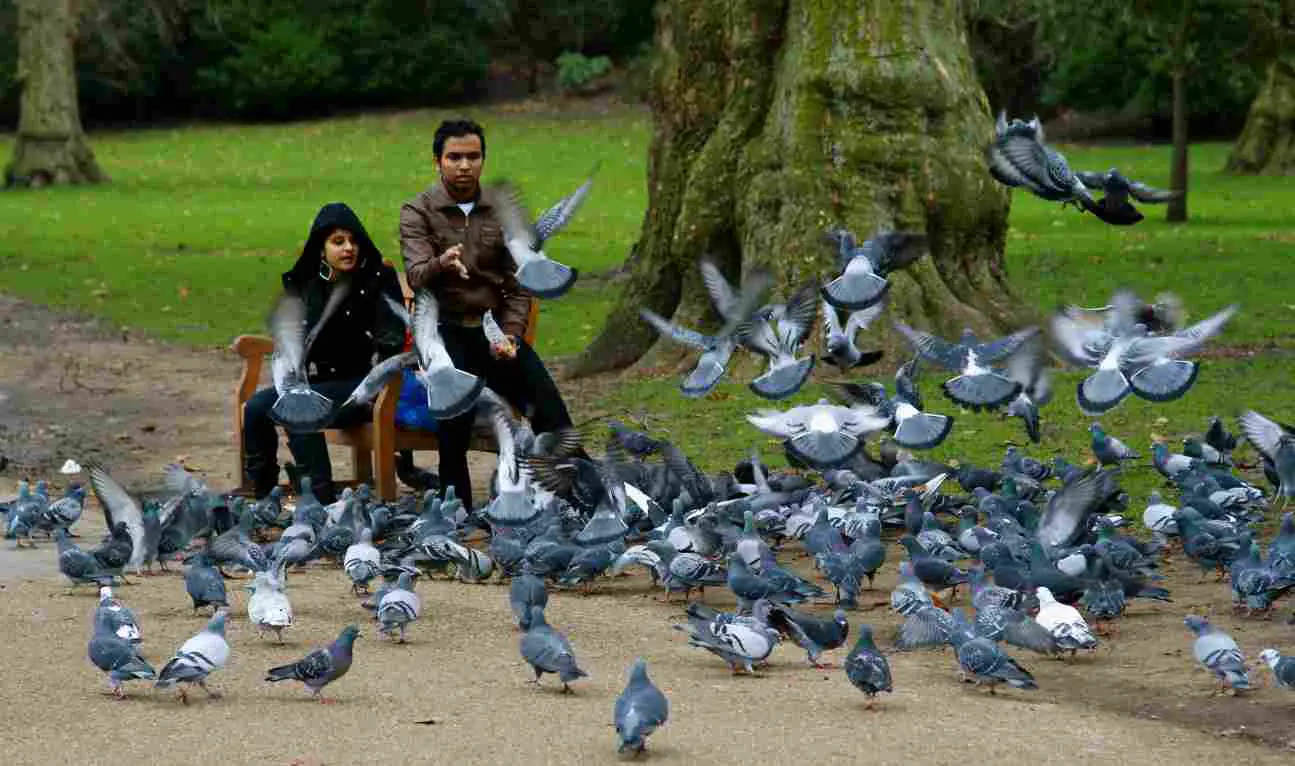
Another side effect of feeding pigeons is the environmental pollution caused by their droppings and leftover feed. Pigeons produce a significant amount of waste, which can accumulate in public spaces, buildings, and parks. This not only creates an unsightly and unhygienic environment but can also damage structures and pose health risks to humans.
Additionally, feeding pigeons can facilitate the spread of diseases. When large numbers of pigeons congregate in one area to feed, it creates an ideal environment for the transmission of diseases. Pigeon droppings can contain harmful bacteria and fungi, which can contaminate the surrounding environment and potentially infect humans and other animals.
5. Is it Bad to Feed Pigeons Bread?
Feeding pigeons bread is not recommendable as it can cause them digestive problems like constipation. Bread does not have sufficient nutrients that pigeons need for their overall health and well-being. Additionally, bread may have excessive sugar content, which is not suitable for pigeons’ diet.
When considering what to feed pigeons, it is important to provide them with a balanced and nutritious diet that mimics their natural food sources. Opting for birdseed or grains specifically formulated for pigeons is a better choice as it provides the necessary nutrients for their growth and development.
Feeding pigeons bread can also contribute to the negative side effects of pigeon feeding. It can lead to overcrowding as pigeons are attracted to areas where bread is readily available. This can result in an overpopulation of pigeons, leading to increased competition for resources and potential conflicts with other bird species.
Conclusion
* In conclusion, this article has explored the concept of feeding pigeons and analyzed both the positive and negative aspects of this practice.
* We discussed cases where feeding pigeons can be considered good, such as in the absence of alternative sustenance, for local wildlife conservation, and when done methodically and intermittently.
* On the other hand, we also highlighted instances where feeding pigeons can have negative consequences. These include facilitating unhealthy behavioral changes, overcrowding, disease outbreak facilitation, and the resultant loss of economic value or potential.
* It is important to consider the potential negative effects of feeding pigeons, as it can lead to an imbalance in their natural behavior and disrupt the ecosystem.
* When it comes to what to feed pigeons, it is best to opt for a balanced and nutritious diet that mimics their natural food sources. Birdseed or grains specifically formulated for pigeons are a better choice as they provide the necessary nutrients for their growth and development.
* Feeding pigeons bread is not recommendable as it can cause digestive problems and does not provide the essential nutrients pigeons need.
* Feeding pigeons bread can also contribute to overcrowding, leading to increased competition for resources and potential conflicts with other bird species.
* While feeding pigeons may seem like a kind gesture, it is important to consider the potential negative impacts on their behavior, the ecosystem, and other bird species.
